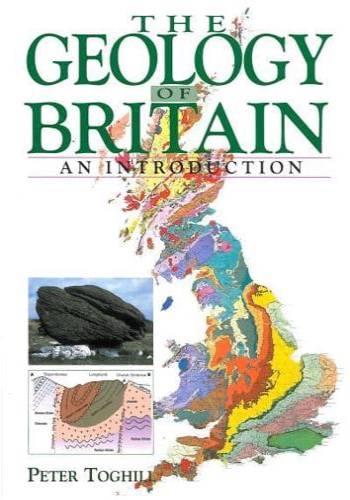Chapter 1: Introduction
* Overview of the geological history of Britain, from its origins in the Precambrian to the present day.
* Explanation of the geological timescale and the techniques used to determine the age of rocks.
* Importance of geology for understanding the landscape, resources, and hazards of Britain.
Real Example:
The iconic white cliffs of Dover are composed of chalk, a sedimentary rock formed during the Cretaceous period. The presence of chalk indicates that this area was once submerged beneath a shallow sea.
Chapter 2: The Precambrian
* Formation of the earliest rocks in Britain during the Precambrian eon (over 541 million years ago).
* Metamorphic and igneous rocks dominate the Precambrian geology.
* Evidence for early life forms, including stromatolites and microfossils.
Real Example:
The Lewisian Gneiss of northwest Scotland is one of the oldest rocks in the British Isles, formed over 3 billion years ago. Its complex structure and composition provide insights into the early history of the Earth's crust.
Chapter 3: The Paleozoic
* The Paleozoic era (541-252 million years ago) witnessed the development of life and the formation of sedimentary basins in Britain.
* Cambrian, Ordovician, Silurian, Devonian, and Carboniferous periods are described.
* Major geological events include the Caledonian mountain building and the formation of coal measures.
Real Example:
The Old Red Sandstone in Scotland is a sequence of Devonian sedimentary rocks that record the erosional products of the Caledonian mountains. Its red color is due to the presence of iron oxides.
Chapter 4: The Mesozoic
* The Mesozoic era (252-66 million years ago) was characterized by widespread sea and land environments in Britain.
* Triassic, Jurassic, and Cretaceous periods are explored.
* Notable features include the Jurassic coast of Dorset and the chalk hills of southern England.
Real Example:
The Giant's Causeway in Northern Ireland is an impressive display of polygonal basalt columns formed during volcanic eruptions in the Paleocene period.
Chapter 5: The Cenozoic
* The Cenozoic era (66 million years ago to present) saw significant changes in the landscape of Britain.
* Paleogene, Neogene, and Quaternary periods are discussed.
* Events include the collision with continental Europe, the formation of the North Sea, and the Ice Ages.
Real Example:
The Brecon Beacons in Wales are formed from Old Red Sandstone and have been shaped by glacial erosion during the Ice Ages, creating a rugged and scenic landscape.
Chapter 6: Geological Processes
* Overview of the geological processes that have shaped Britain's geology.
* Igneous, sedimentary, and metamorphic processes are explained.
* Examples include volcanoes, weathering, erosion, and folding.
Real Example:
The volcanoes of Scotland, such as Ben Nevis, provide evidence of the Earth's internal processes and the potential for volcanic activity in the future.
Chapter 7: Geology and Society
* Exploration of the relationship between geology and human society.
* Topics include natural hazards (e.g., earthquakes, landslides), resource extraction (e.g., coal, oil), and the impact of climate change on geology.
Real Example:
The coalfields of northern England have played a significant role in Britain's industrial development, but have also left a legacy of environmental challenges and social deprivation.







